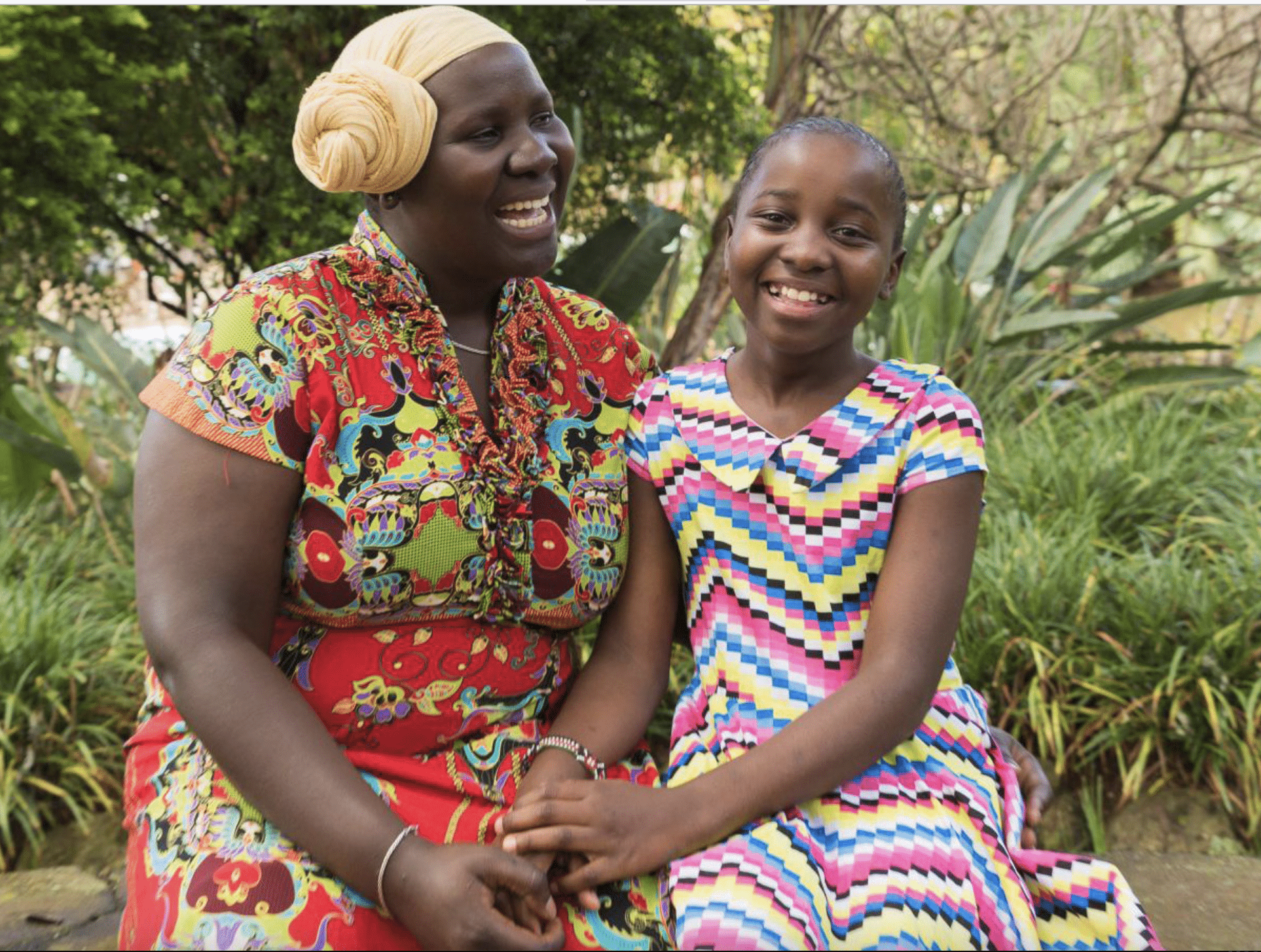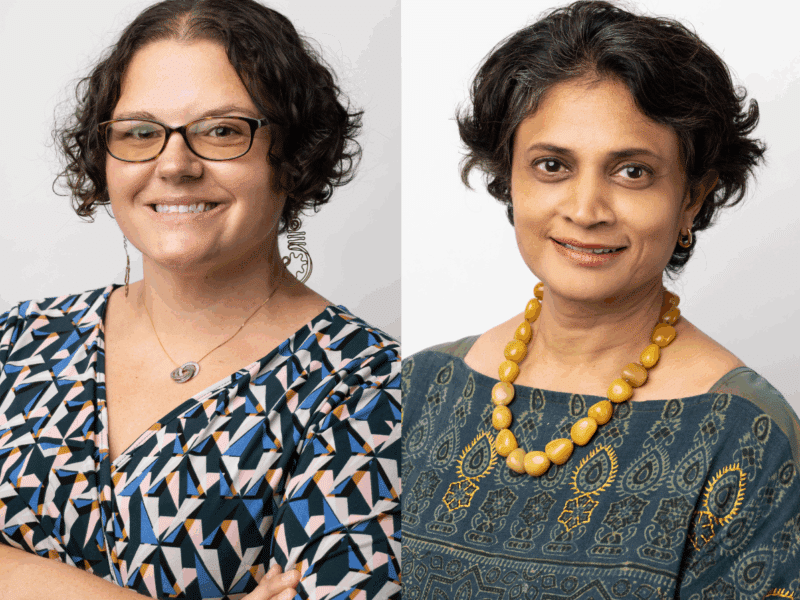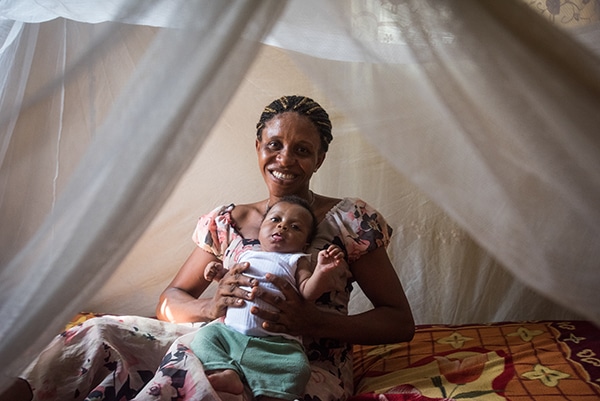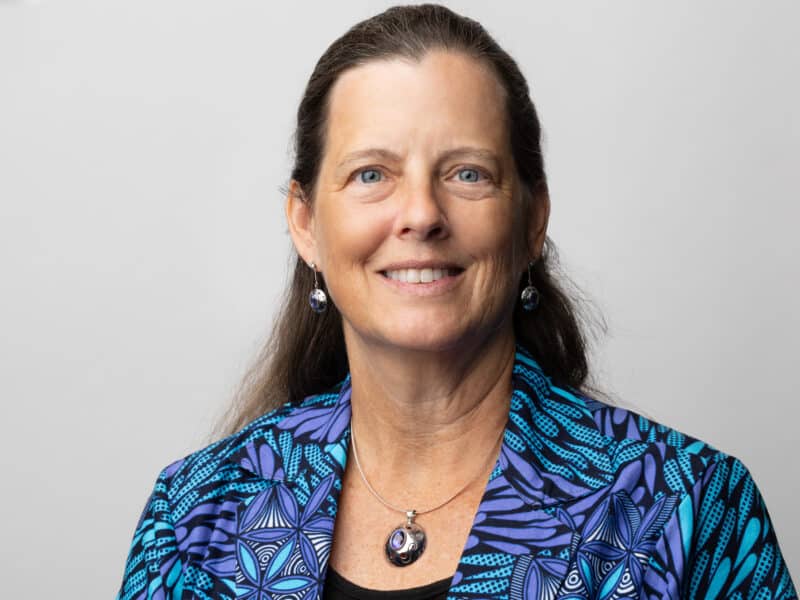Here’s how the story is typically told: Children – both girls and boys – should be vaccinated against the human papilloma virus (HPV), a virus that is sexually transmitted.
It’s enough to stop many parents cold, unwilling to even imagine a time when their children will become sexually active let alone be exposed to sexually transmitted diseases that are often (unfairly) associated with promiscuity and poor choices. But those stories tend to miss the most important fact: HPV vaccine has been around since 2006 and has been shown to be highly effective at preventing most cervical cancers, the fourth most common cancer on the planet.
An amazing new study out of Scotland shows this real-world impact. “The country has detected no cases of cervical cancer in women born between 1988-1996 who were fully vaccinated against HPV between the ages of 12 and 13,” according to a write up in STAT News.
In an age of vaccine hesitancy, supply chain problems, and strained resources, 90 percent of cervical cancer deaths today occur in low- and middle-income countries. Just one in eight girls around the world are vaccinated against HPV, according to UNICEF, and since 2019, HPV vaccination coverage dropped by an alarming 15 per cent, “one of the largest backslides of any vaccine during the pandemic.”
Recognizing the need to further close the gap, the World Health Organization has set a goal that 90 percent of girls 15 and under worldwide are fully vaccinated against HPV by 2030, an ambitious goal that is far behind schedule. They predict that high levels of vaccination, coupled with better screening and treatment could avert 74 million cases of cervical cancer by 2120.
But does the goal really have to be so far out of reach?
Yes, the COVID-19 pandemic set back many efforts to introduce HPV vaccination in more countries. It also resulted in the closure of health facilities that may have provided HPV vaccination. The pandemic caused a reprioritization which may have detracted from resources and energy that that might have been invested in HPV vaccine promotion and access. COVID vaccine hesitancy also may be bleeding into hesitancy.
Yet, earlier this year, USAID’s Child Health and Immunization Chief, Pavani Ram, discussed the agency’s role in supporting the revitalization of HPV vaccination globally, strengthening partnerships and programs in this effort, and building confidence in and demand for the HPV vaccine. She spoke of both the need to reduce stigma and instill confidence in the HPV vaccine itself and to support organizations that can scale up vaccination campaigns where they have not been before. She also spoke about how the Gavi, the Vaccine Alliance plans to provide 86 million girls with the HPV vaccine by the end of 2025.
Access, she said, remains a big issue. In many countries, girls are vaccinated against HPV at the age of nine. That might seem early but, soon after, many girls begin to drift away from the schools, where campaigns can reach the most children.
“We have to work with families to instill confidence in the HPV vaccine as a critical health tool,” Ram told the White House Cervical Cancer Forum in January, 2024. We must also, she said, “promote demand for that vaccine across all layers of the health system, including governments, which need to see there is not only a health benefit here, there’s also a human capital benefit here, and there is an economic benefit here, from a critical tool like the HPV vaccine.”
We can shift the narrative that HPV is a sexually transmitted disease to be vaccinated against by developing social and behavior change tools to address concerns. The needs in each country are likely to be different. For example, in Rwanda, vaccine coverage has been high – over 90 percent – since the government’s mandate in 2011. Yet, a 2022 study found that only 5.3 percent of women in Bangladesh had been vaccinated against HPV.
Progress is being made. Around the world, UNICEF says, about 125 countries have introduced safe and effective HPV vaccines. Additionally, 20 of the countries with the highest burden will introduce the HPV vaccine in the next two to three years. If vaccine supplies are not constrained, additional age groups of girls can be vaccinated; campaigns could also be expanded to include boys. Currently, 47 countries offer male vaccination, according to UNICEF.
There needs to be a comprehensive, thoughtful, and tailored approach to promote HPV vaccine and prevent the spread of the virus and cervical cancer. We need to understand if stigma is what is undermining efforts to eliminate the disease. Is it access to the vaccine? Is it concerns from religious leaders? Is it the kind of vaccine hesitancy we have seen undermine some COVID prevention efforts?
Experiences from the COVID-19 pandemic and the chaos of vaccination have taught us that health communication is an essential tool to pair with the logistics and supply efforts of vaccine rollout, including service delivery. Any effort to increase uptake of HPV vaccine must be aligned with an evidence-based strategic communication approach that engages families, communities, schools, and religious leaders to enable healthy dialogue around vaccines and speaks to the needs, values, and concerns of different populations – especially when it comes to protecting their daughters (and sons).
Cervical cancer is a well-understood problem, yet women continue to die from it around the world. But cervical cancer is different from other cancer deaths. Most cases are preventable. There are clear, evidence-based solutions, if we can find the will, the partnerships, and the resources to bring HPV vaccination to everyone.
Debora B. Freitas López, MS, is executive director of the Johns Hopkins Center for Communication Programs.





